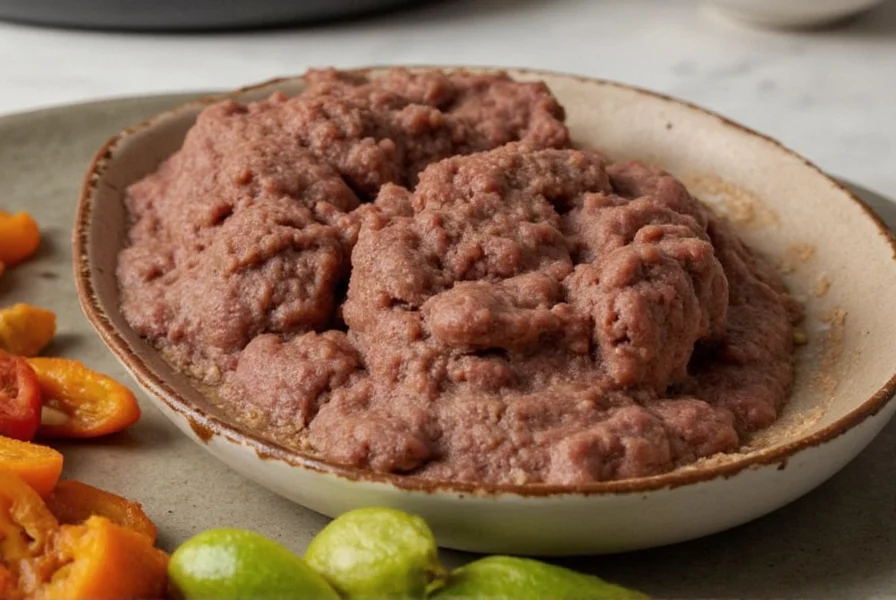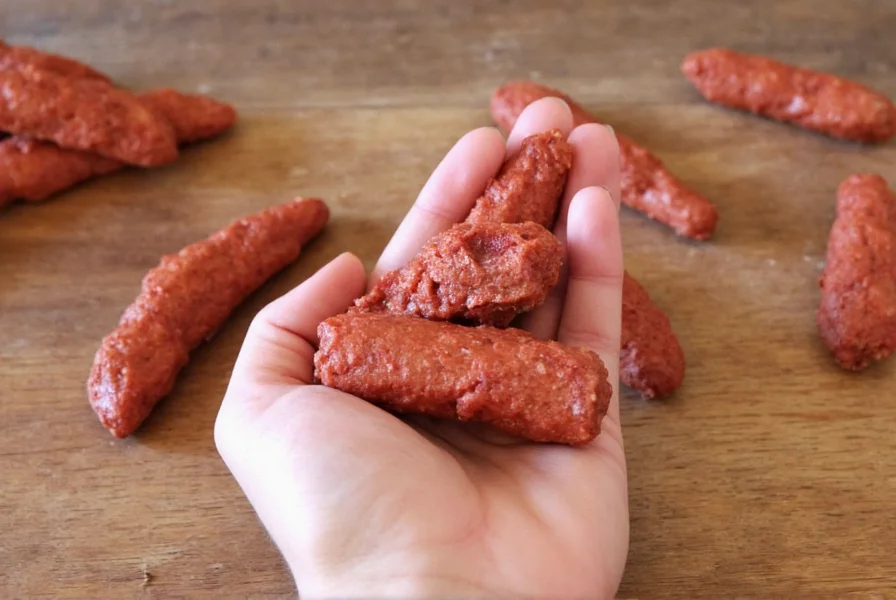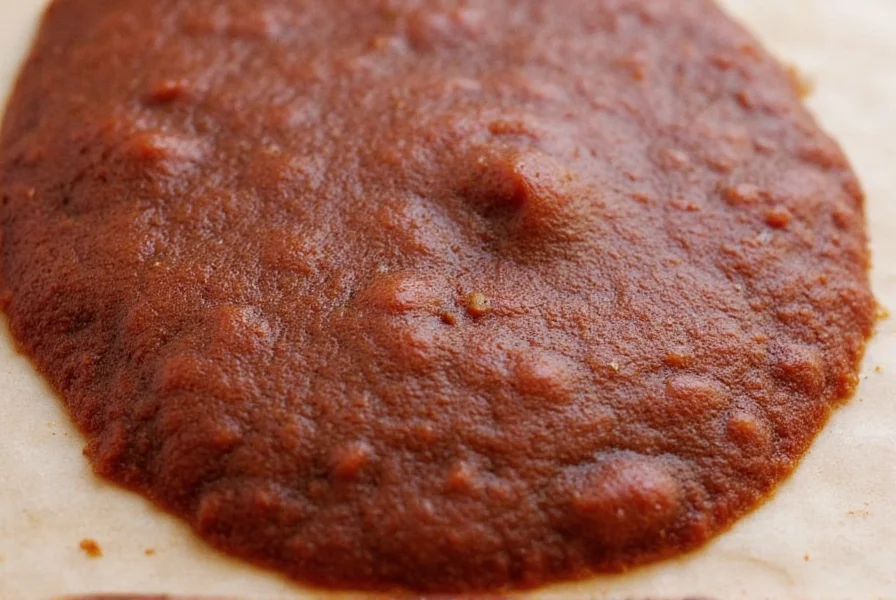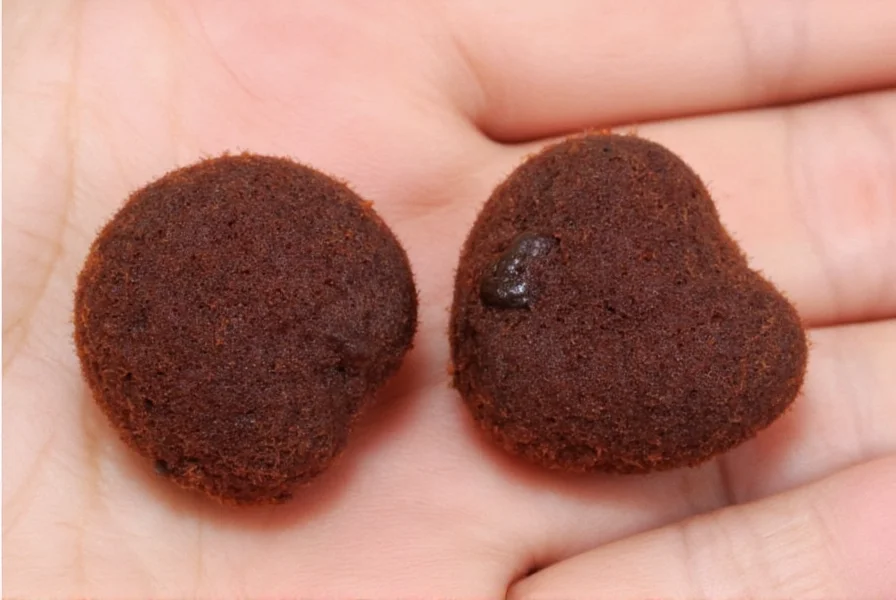Mole Mystique: What Exactly Is Mexican Mole Made Of?

Table of Contents
- What Is Mole Anyway?
- The Magical Mole Ingredient List
- A Symphony of Mole Styles
- Cooking Mole at Home: Tips for Success
- Buying Guide: Essential Ingredients for Making Mole
- Final Thoughts on This Spicy Mystery
What Is Mole Anyway?
You've probably heard the word mole floating around in conversations about Mexican cuisine, or maybe you’ve seen it on a menu and thought, 'Wait, is that pronounced “moe-lay” or “mol-ee”?' (Spoiler: It’s “mo-lay,” from the Nahuatl word molli, meaning sauce.)
But beyond pronunciation, what exactly is mole? At its heart, mole is a complex, rich sauce made by blending dozens of ingredients — including chiles, spices, nuts, seeds, chocolate, and sometimes even fruits. It's not just a food; it's a tradition.

The Cultural Heart of Mexico
Mole comes from Oaxaca and Puebla primarily, but versions exist all over Mexico. Each family has their own recipe, passed down through generations like culinary heirlooms. Some recipes take days to prepare, and many chefs keep them secret — like closely guarded spells.
The Magical Mole Ingredient List
If you're asking, 'What is Mexican mole made of?', here’s your answer: a lot of stuff. But don’t be intimidated! Let’s break it down into core components:
Base Ingredients
- Chile Peppers: Ancho, mulato, pasilla, chipotle — each contributes a different flavor profile.
- Tortillas or Bread: Used to thicken the sauce.
- Tomatoes or Tomatillos: Add acidity and depth.
- Onions & Garlic: The aromatic foundation.
Spices
- Cumin
- Cinnamon
- Anise
- Cloves
- Coriander
Nuts & Seeds
- Almonds
- Pepitas (pumpkin seeds)
- Sesame seeds
Sweeteners
- Chocolate (usually dark or unsweetened)
- Avocado leaves (adds earthy sweetness)
- Dried fruits (raisins, prunes, etc.)
Liquids
- Broth (chicken or vegetable)
- Water

A Symphony of Mole Styles
One of the most fascinating things about mole is that no two are alike. In fact, there are seven recognized types of mole in Oaxaca alone. Here’s a quick breakdown:
| Type | Color | Main Ingredients | Flavor Profile |
|---|---|---|---|
| Mole Negro | Black/dark brown | Roasted chiles, garlic, bread, chocolate | Smoky, spicy, slightly bitter |
| Mole Coloradito | Reddish brown | Guajillo chiles, tomatoes, sesame seeds | Fruity, nutty, medium heat |
| Mole Verde | Bright green | Fresh herbs, tomatillos, avocado leaves | Herbaceous, fresh, mildly spicy |
| Mole Amarillo | Yellow/orange | Guajillo and ancho chiles, squash seeds | Earthy, slightly sweet |
| Mole Chichilo | Dark brown | Beef broth, chiles, garlic | Meaty, bold, smoky |
| Mole Manchamanteles | Reddish orange | Pineapple, plantains, chiles | Fruity, tangy, tropical |
| Mole Rojo | Red | Tomatoes, chiles, almonds | Rich, nutty, balanced heat |

Cooking Mole at Home: Tips for Success
Cooking mole might seem daunting, especially when you look at the long list of ingredients, but with the right mindset (and a few smart strategies), you can pull off this epic dish yourself.
Top 5 Mole-Making Tips
- Make It Ahead: Mole improves with time. Make it one or two days before serving.
- Toast Everything: Toasting chiles, spices, and nuts brings out more flavor. Don't skip this step!
- Use a Blender: A high-powered blender will help achieve that silky smooth texture.
- Balance the Flavors: Taste as you go. Adjust salt, sugar, or acid if needed.
- Freeze Extra: Mole freezes beautifully. Double the batch and store portions for later use.

Buying Guide: Essential Ingredients for Making Mole
If you’re planning to make mole at home, quality ingredients are key. Here’s a list of products to look for — along with where to buy them and how they’ll elevate your mole game.
1. Dried Chile Peppers
- Recommended Brands: La Morena, El Yeyo, Goya
- Features: Deep, fruity flavor with varying levels of heat
- Best For: Building the base flavor of mole
- Where to Buy: Latino markets, specialty spice stores, online retailers
2. Cacao or Unsweetened Chocolate
- Recommended Brands: Abuelita, Ibarra, Cacau et Thé
- Features: Adds complexity and subtle bitterness
- Best For: Traditional moles like mole negro or mole poblano
- Where to Buy: Grocery stores, Latin American markets, gourmet shops
3. Spices: Cumin, Cinnamon, Cloves, Anise
- Recommended Brands: McCormick, Simply Organic, Frontier Co-op
- Features: Enhances warmth and aroma
- Best For: Balancing the heat and richness
- Where to Buy: Supermarkets, health food stores, bulk bins
4. Nuts & Seeds
- Recommended Brands: Kirkland Signature, Blue Diamond, Bob’s Red Mill
- Features: Adds body and nutty richness
- Best For: Thickening and enhancing texture
- Where to Buy: Bulk sections, specialty grocers, online stores
5. Broths & Stocks
- Recommended Brands: Swanson, Pacific Foods, Kitchen Basics
- Features: Provides depth and umami
- Best For: Simmering and layering flavors
- Where to Buy: Any major grocery store or online

Final Thoughts on This Spicy Mystery
So, what is Mexican mole made of? A blend of heat, spice, sweetness, and centuries of cultural history. Whether you’re making it for a special occasion or just because you want to dive into a truly authentic flavor experience, mole is more than a sauce — it’s a love letter written in spices.
Remember, every cook’s mole is a little different, and that’s part of the magic. So roll up your sleeves, gather your ingredients, and get ready to unlock the mystery one simmering pot at a time.












 浙公网安备
33010002000092号
浙公网安备
33010002000092号 浙B2-20120091-4
浙B2-20120091-4